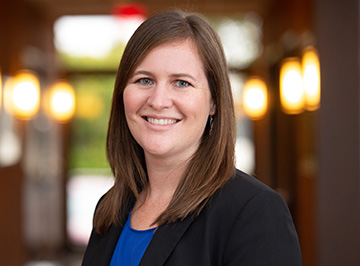In many ways, getting into an accident with a large commercial truck is different from other types of vehicle accidents. It is important to work with a lawyer who understands these important differences.
At Marks & Harrison, our personal injury attorneys in Richmond have many years of experience helping truck accident victims and their families. We know that, above all, these cases demand swift action in order to preserve and gather important evidence. We have written and lectured on the challenges of these cases.
We can get to work on your case immediately by investigating the accident scene, inspecting the tractor-trailer and other vehicles involved in the crash, and obtaining and reviewing records that can point to why the collision occurred and who should be held responsible for the harm you have suffered.
These records can include logbooks, inspection and maintenance records, and shipping records. Additionally, we can examine evidence that sheds light on the driver’s competency, physical and mental health, history of traffic offenses, violations of state and federal regulations, or, perhaps, drunk driving charges.
In a truck accident case, many parties may be held responsible, including the truck driver, trucking company, truck manufacturer, cargo shipper/loader, or a broker between a company and the truck driver. These parties may be based in Virginia or out-of-state. They may be foreign corporations.
At Marks & Harrison, our Virginia truck accident attorneys will work hard to hold all at-fault parties liable for your injuries and losses and pursue full compensation for you.
Don’t wait to take action: Get in touch with us today to get started on your case.























